"After a downturn in October, the entire exotic and ethnic sector is showing relatively low consumption for the period and higher prices. I expect the situation to remain that way until at least the end of November. However, one product that may stand out in the coming weeks is ginger. There is not much available and little quality produce; prices are rising at the origin. China is late in the season and the quality of the product has not excelled. Prices in Brazil are, on the other hand, rising sharply. Peru's campaign is also about to begin."
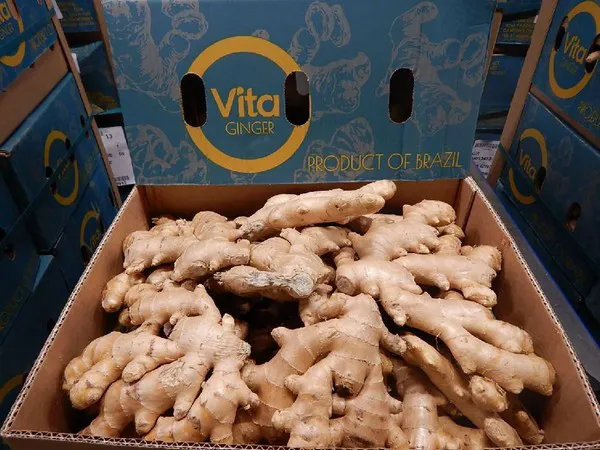 Brazilian ginger (Photo provided by Giorgio Donnarumma)
Brazilian ginger (Photo provided by Giorgio Donnarumma)
"In the case of Peruvian ginger, a clarification is needed. It is a smaller product, very good and fragrant, present more in supermarkets and not in general markets, because peeling is more difficult," said Giorgio Donnarumma, sales manager of the Milan-based Nuovafrutta
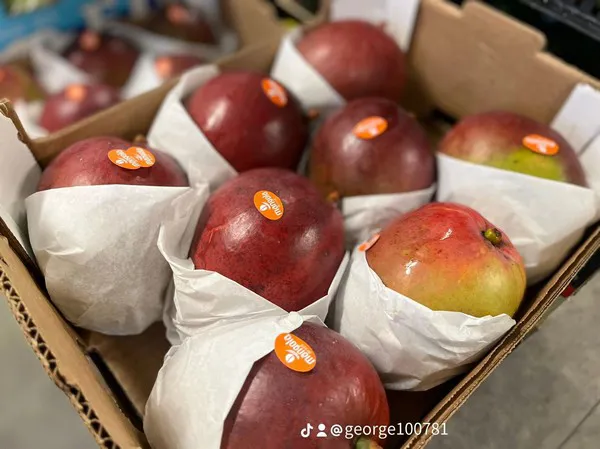 Tommy Atkins mango from Brazil (Photo provided by Giorgio Donnarumma)
Tommy Atkins mango from Brazil (Photo provided by Giorgio Donnarumma)
Lime and mango: similar market trends
"Very high prices in buying and selling, although exporters would like them to be higher. However, low consumption does not push the price range to higher levels. An average selling price of imported mangoes by sea is around €8.50 per 4-kg package," continued Donnarumma, "If you get the quotations wrong at this time, you risk losing a lot of money.
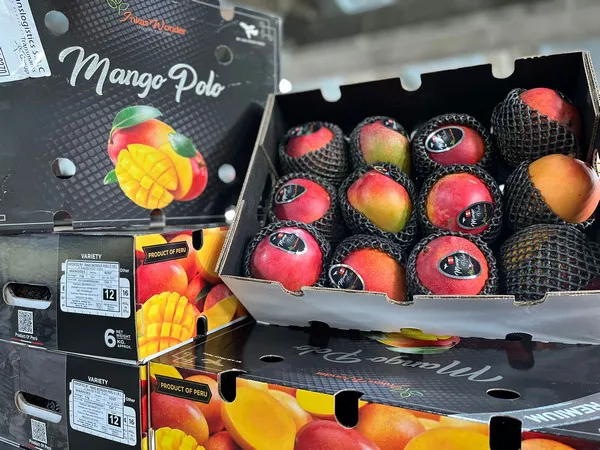 Mango Kent from Peru, imported by air (Photo provided by Giorgio Donnarumma)
Mango Kent from Peru, imported by air (Photo provided by Giorgio Donnarumma)
In terms of imports, Spanish mangoes have ended and there is Brazilian product available, arriving by sea, including varieties such as Palmer and Tommy Atkins. "The Peruvian mango campaign, which is imported by sea, is about to begin, while the airborne product has just arrived. The latter is showing dizzying prices, both because we are at the beginning of the campaign and volumes are very limited and because air space is very expensive," explained Donnarumma.
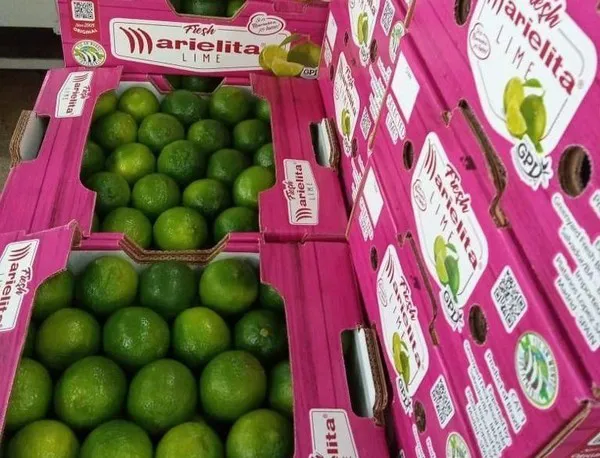 Brazilian limes (Photo provided by Giorgio Donnarumma)
Brazilian limes (Photo provided by Giorgio Donnarumma)
"The limes are from Brazil and Mexico. The latter origin tends to be more expensive. From time to time, we also get to see product from Colombia, but in this case the quality is not the best. In the majority of cases, it is a lime that tends to turn yellow very quickly. Also, the Colombian product has no appeal in the market."
Papaya: slight drop on producer-origin price
"Gradually, the shortage of product that was recorded seems to be returning. At the moment, there are minimal quantities of Brazilian product, adjusted to market needs. Prices at origin are beginning to show a slight downward trend."
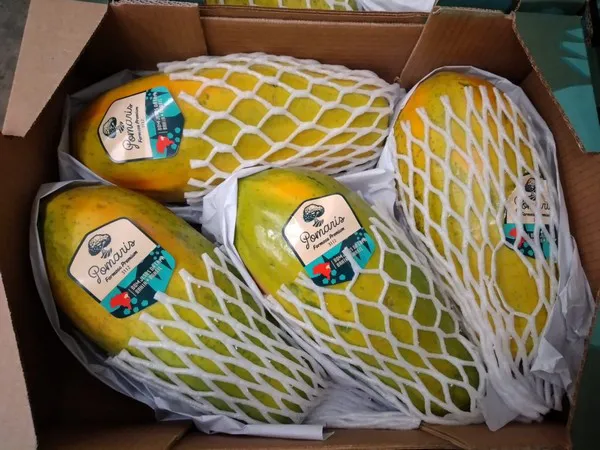 Brazil papaya (Photo provided by Giorgio Donnarumma)
Brazil papaya (Photo provided by Giorgio Donnarumma)
Avocado
The Peruvian Hass avocado season is over and we are looking forward to switching to other origins. "The Peruvian Hass avocado, which used to prevail until a decade ago, with quotations of 10-11 euros, is coming to an end. Volumes of the Hass variety from Morocco, Israel, Spain and Mexico are now expected. A price increase of at least 20 percent is expected for the Hass variety, but it is also showing decreased quantities."
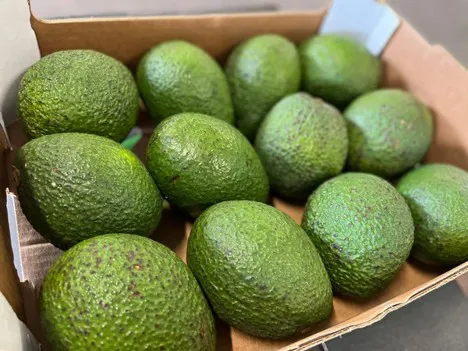 Peruvian Hass avocados (Photo provided by Giorgio Donnarumma)
Peruvian Hass avocados (Photo provided by Giorgio Donnarumma)
"This situation puts greenskin avocados back in play, with Pinkerton from Kenya, Zutano and Ettinger from Israel, for example. Paradoxically, for many months now greenskin avocados have cost more than the Hass variety, while now they seem to be back to being cheaper."
